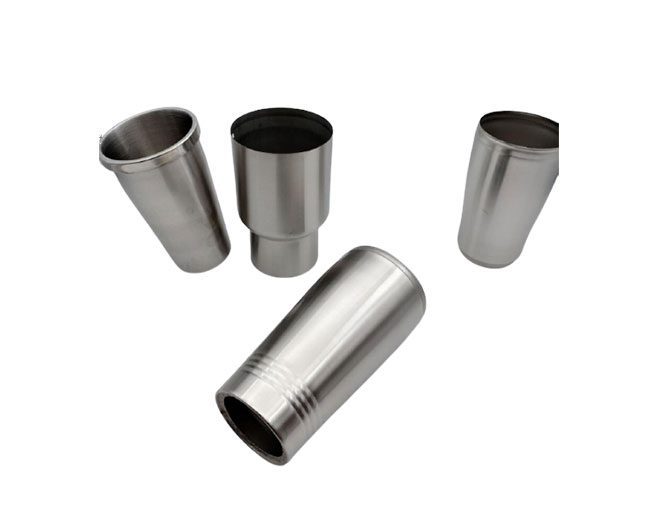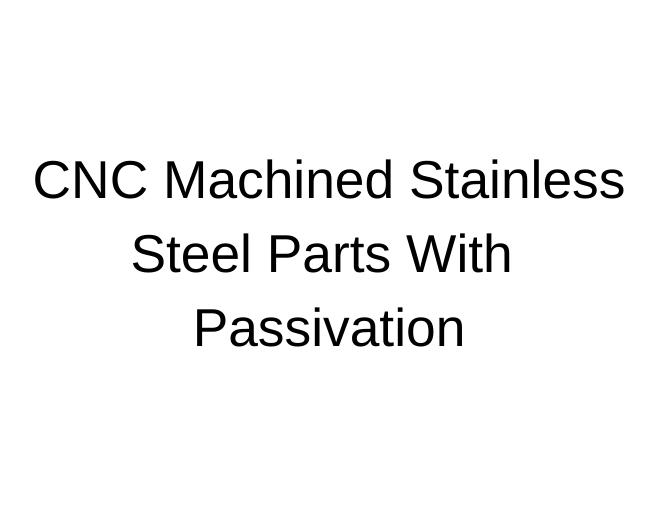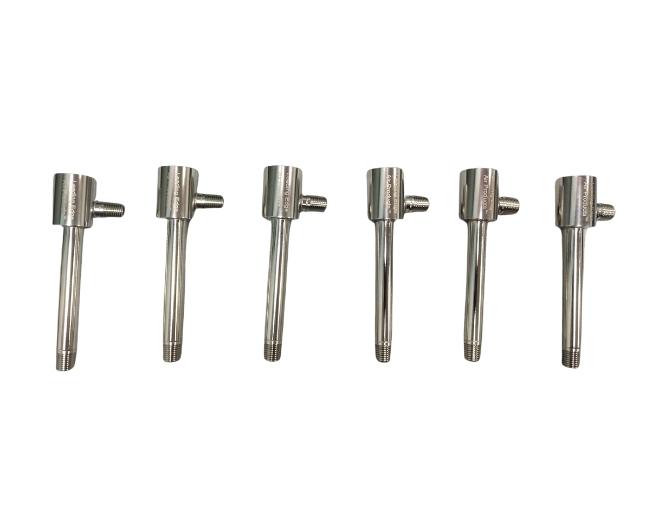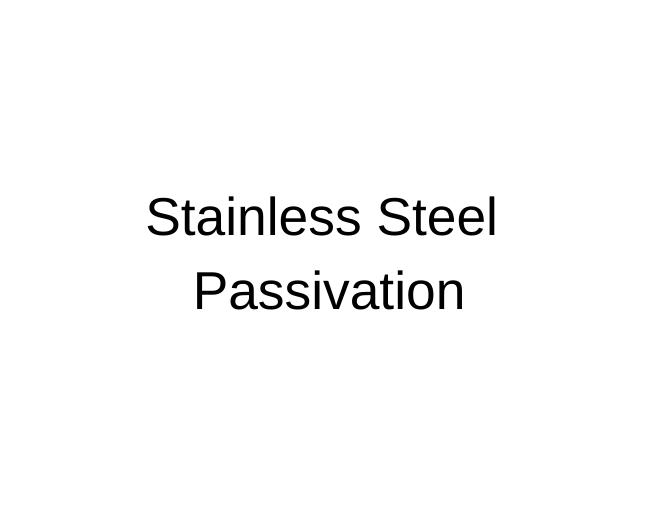What is Passivation?
Passivation is a widely-used metal finishing process to prevent corrosion. In stainless steel, the passivation process uses nitric acid or citric acid to remove free iron from the surface. The chemical treatment leads to a protective oxide layer that is less likely to chemically react with air and cause corrosion.
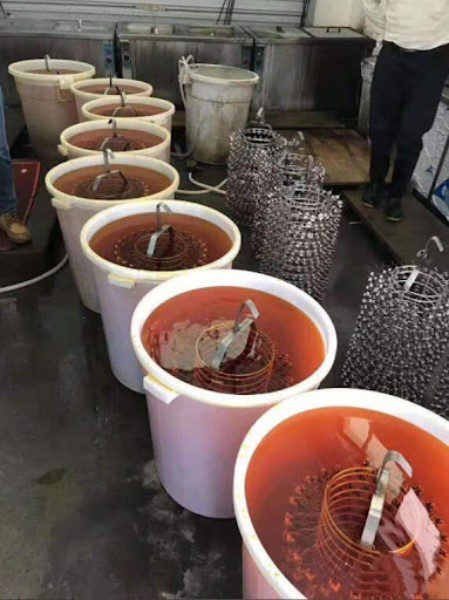
Why stainless steel need passivation?
Stainless steel materials are comprised of iron, nickel, and chromium in varying ratios of each element, and these ratios determine the steel’s grade. In cases that require the steel to resist extreme temperatures or excess levels of corrosive agents, steelworkers add molybdenum to the chromium to enhance its protective properties.
After the CNC machining process, CNC machining stainless steel parts frequently have free iron left over that risks contaminating the workpiece. Passivation cleans away these contaminants and creates the necessary passive layer that makes stainless steel so versatile.
Benefits for Passivation.
Passivation brings four main benefits to metals:
1) Increases corrosion resistance
2) Removes surface contamination left over from milling processes
3) Reduces the risk of product contamination
4) Increases term length between maintenance intervals
Passivation projects
